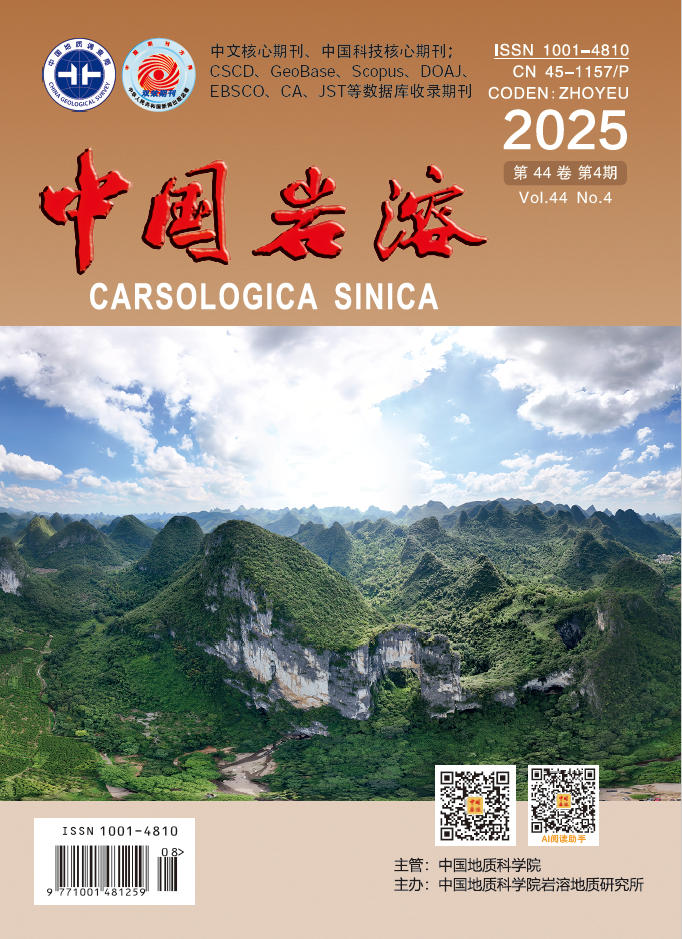2020, 39(3): 442-452.
doi: 10.11932/karst20200310
Abstract:
Guiyang city,located in southwestern China,is a big data center of southern China.Its special industrial structure raises higher requirements on air quality.In order to reduce the negative impact of air pollution on the social and economic development of Guiyang,it is necessary to study the characteristics of air pollution in this area. In this study, we obtained real time data of PM2.5,PM10,SO2,NO2,CO and O3 concentration from 10 air quality monitoring stations in Guiyang by time series analysis and the interpolation method to study the spatial and temporal changes and combined pollution of atmospheric pollutants.The results show that the annual average concentrations of the main pollutants PM2.5 and PM10 in urban Guiyang decreased gradually from 2014 to 2018,the average concentration of photochemical pollutants O3 increased,the quality of air gradually improved,and environmental treatment achieved good results.The PM2.5,PM10,NO2 and O3 are most polluted in spring,and the SO2 and CO are most polluted in winter in the natural year from 2018 to 2019,which reflect the influences of pollution sources,staged fuel combustion,and secondary ion generation on different pollutants were different.The daily variation of PM2.5 and PM10 was characterized by the "noon peak and evening peak" type.The peak occurrence time varied with seasons due to different day and night lengths in different seasons,and different start and stop times of human life in different seasons.The daily variation of O3 day was single-peak type, and the concentration of O3 was low at night. From 8:00 in the morning,as the solar radiation increased and the temperature rose,it reached a peak around 15:00 to 16:00.The spatial distribution of PM2.5 presented the characteristics of some suburbs and industrial areas were higher, and the downtown residential areas were lower,indicating that urban construction is expanded to the suburbs construction. The spatial distribution of O3 concentration presented characteristics of low in the urban and high in suburb, reflecting the good coverage of suburban vegetation, and the release of natural source VOCs promoting the generation of O3.The major pollutant O3 and particulates PM2.5 and PM10 casued the most serious combined pollution in spring,while O3 and PM10 caused a certain degree of combined pollution in summer,and the concentration of O3 was the lowest in autumn and winter,which will not produce combined pollution with particulate pollutants. At the same moment within a day, the particulates and O3 did not superimpose and cause combined pollution.






